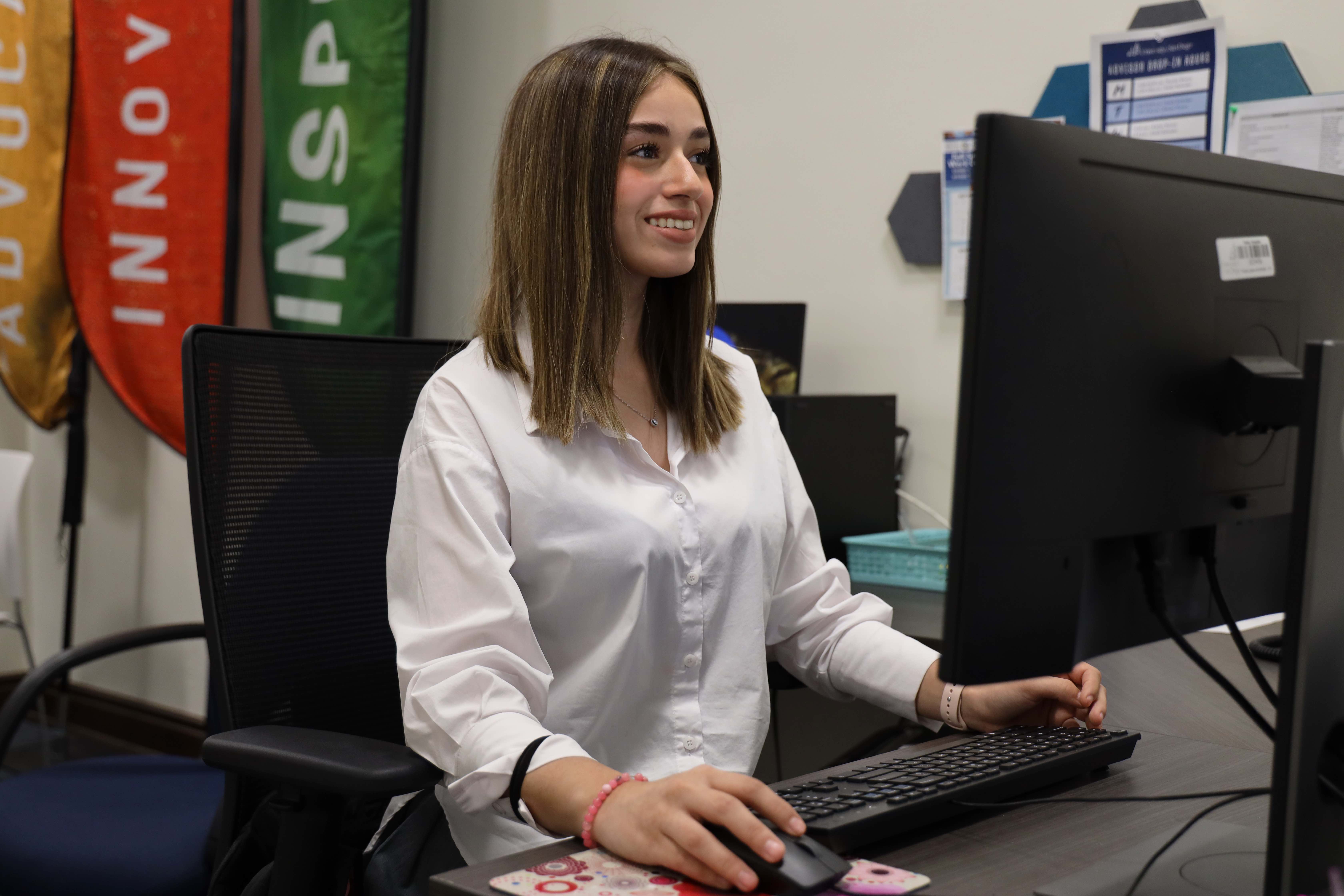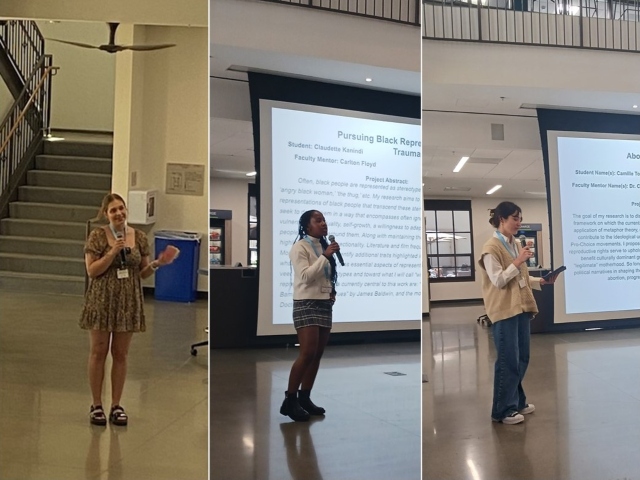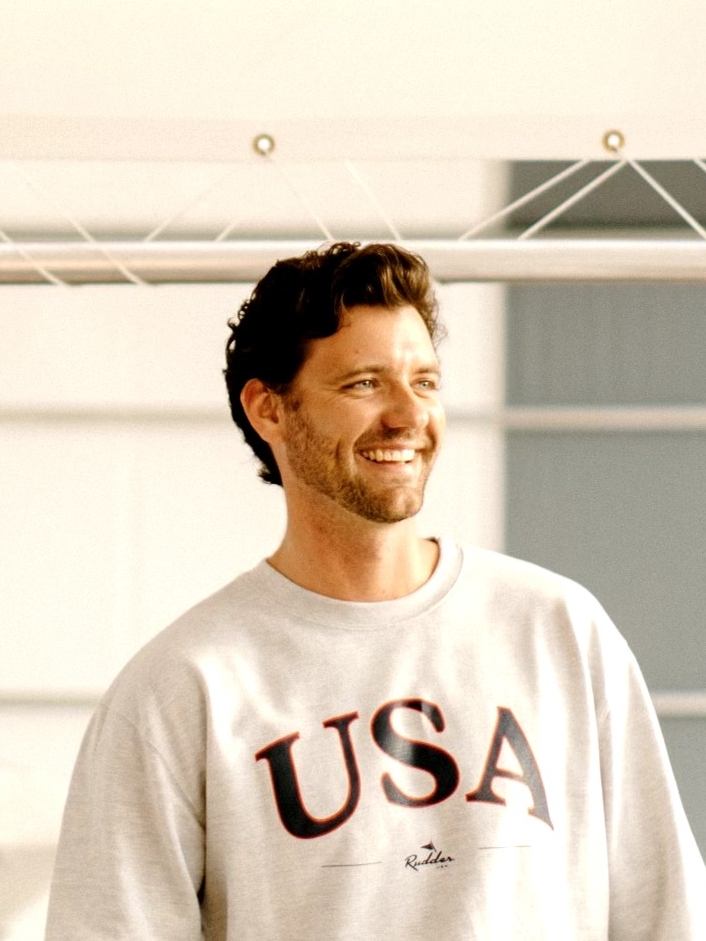CAS Pre-Collegiate Pathways Program Continues to Expand

The leap from high school to college can be disorienting, but the Pre-Collegiate Pathways program in the College of Arts and Sciences aims to guide students toward success by giving them a head start on learning and studying in a college environment.
The program, under the leadership of Adjunct Assistant Professor of History David Miller, PhD, provides high school students the opportunity to take a college course for credit and acquaints them with the logistics of the college environment, instilling them with the confidence they need to hit the ground running. Currently, the College of Arts and Sciences is working with twelve high schools and is expanding the program each semester.
"There’s no question whether these students are smart enough for college, but making the step from a high school education to college can be isolating at times,” says Miller. He assumed leadership of the program from Professor of Mathematics and Executive Director of Jacobs Institute for Innovation in Education Perla Myers, PhD, two years ago. “We teach them how to take the initiative, why they should see their professor during office hours, how to write an email and how to find resources on campus. We show them that there are people here to support them, but they have to go out and find them – to be proactive.”
Part of the program includes the College of Arts and Sciences collaborating with Cristo Rey San Diego High School to bring in students not only to take classes at USD but to work at the front desk in the College Dean’s Office throughout the week. “Can you imagine being a 17-year-old, working in the Dean’s Office and taking a class before you apply to college?” Miller says. “That experience hopefully will set them on the right path. I’m really excited about what this program can become.”
Dr. Miller is working on including more high schools in Pre-Collegiate Pathways. He is in discussions with a teacher at St. Augustine High School in San Diego to bring in a cohort of students to take lower-division theology classes either at USD or with the involvement of a USD professor.
“Taking a class acclimates students to a college campus and challenges them intellectually in a safe environment,” Miller says. “Plus, college credit can help keep their academic trajectories on track. Students exhibit a wide range of interests, enrolling in everything from Calculus and Introduction to Chemistry to Business 101, ethnic studies and history classes, Spanish and First-Year Writing.”
Pre-Collegiate Pathways is one of many programs at the University of San Diego that strengthens ties between the university and the surrounding community – an important part of the university’s mission. It aligns with President Harris’ Torero Promise, which is a guaranteed admissions program that creates a direct pathway for students in San Diego's and San Bernardino's diocesan high schools to attend the University of San Diego if students meet a specific set of criteria by the end of their junior year.
The College of Arts and Sciences also offers a summer program with Mater Dei High School called "Bridging the Gap" where students come to work with STEM faculty on research projects for two weeks each summer. Funded by the ALSAM Foundation, the program is part of the President’s Torero Promise.
Miller invites parents and guardians to campus and works closely with high school counselors. “This is to foster awareness and connection with USD, which hopefully supports recruitment of a new generation of students who otherwise may not have gone to USD,” Miller says. “USD is a changemaking university, here to serve the community, and this program is one way we do that.”
From the solid foundation provided by Myers’ leadership, Miller is working on finding a sweet spot for enrollment. In his first year, 60 students were enrolled; this year, the number is closer to 80. “We want to make this opportunity available to as many students as possible while keeping the program at a size that allows us to keep our holistic approach,” Miller says.
— USD News Center



